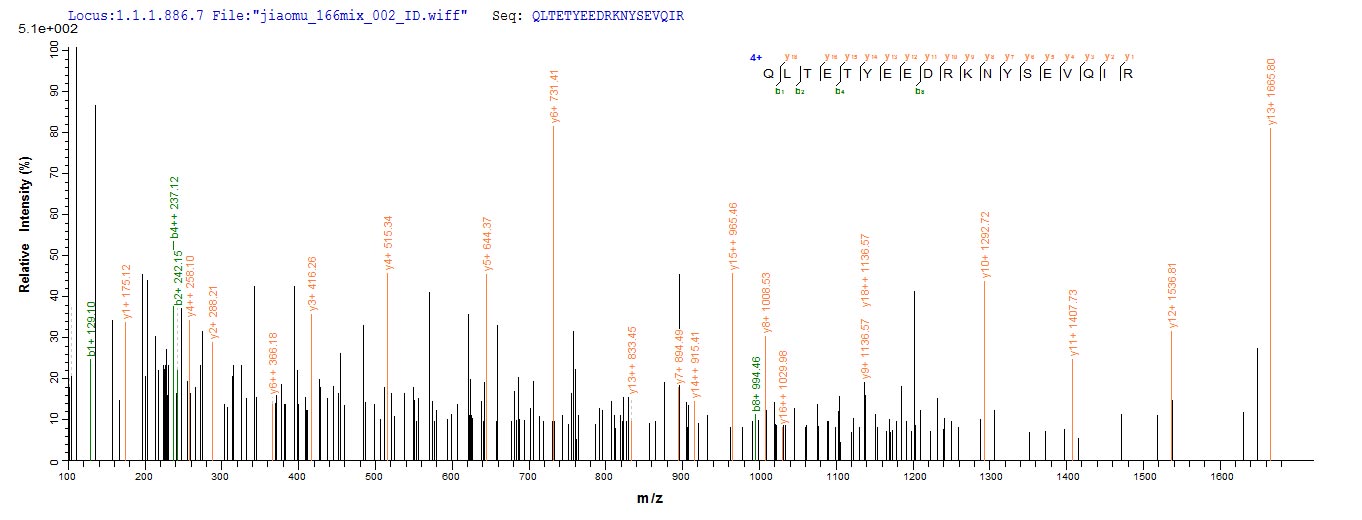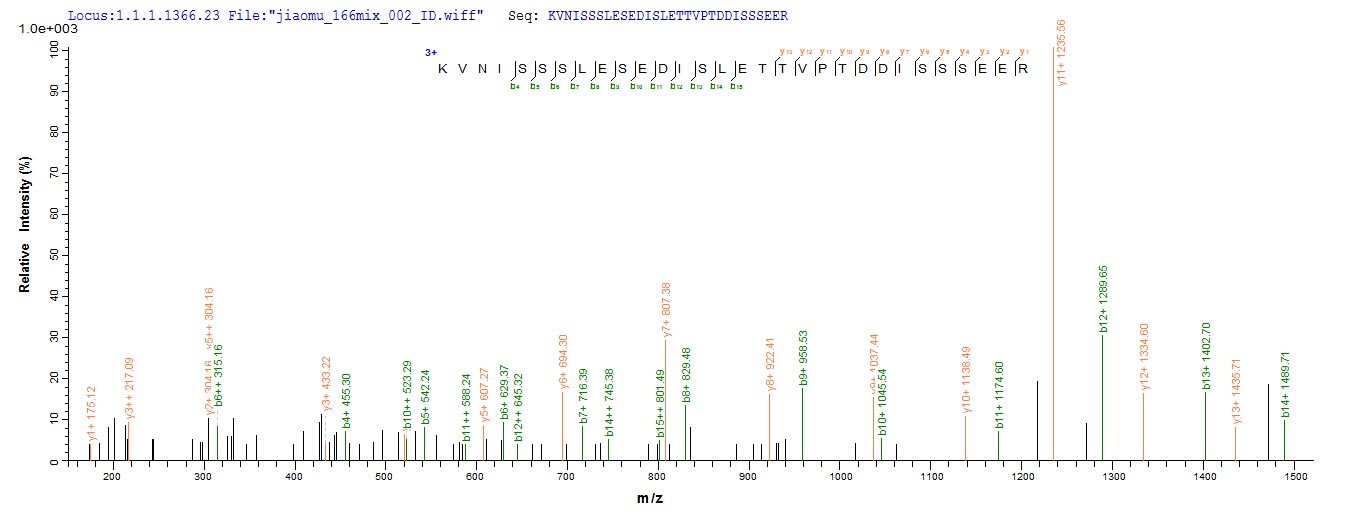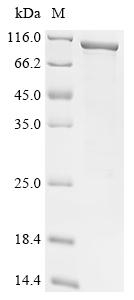The recombinant Human PIBF1 was expressed with the amino acid range of 1-757. This PIBF1 protein is theoretically predicted to have a molecular weight of 97.2 kDa. The PIBF1 protein was expressed in e.coli. The N-terminal 10xHis tag and C-terminal Myc tag was fused into the coding gene segment of PIBF1, making it easier to detect and purify the PIBF1 recombinant protein in the later stages of expression and purification.
Human progesterone-induced-blocking factor 1 (PIBF1) plays a pivotal role in immune modulation during pregnancy. Its main function involves promoting immune tolerance at the maternal-fetal interface, protecting the developing embryo from rejection. In reproductive and immunological research, studying PIBF1 provides crucial insights into maternal immune adaptation and fetal protection mechanisms. PIBF1's involvement in reproductive disorders and immune-related conditions suggests potential applications in fertility treatments and autoimmune disease research. Investigating PIBF1 contributes to a comprehensive understanding of immune regulation during pregnancy and opens avenues for therapeutic strategies in reproductive health and immunology, addressing challenges in maternal-fetal tolerance and autoimmune disorders.








